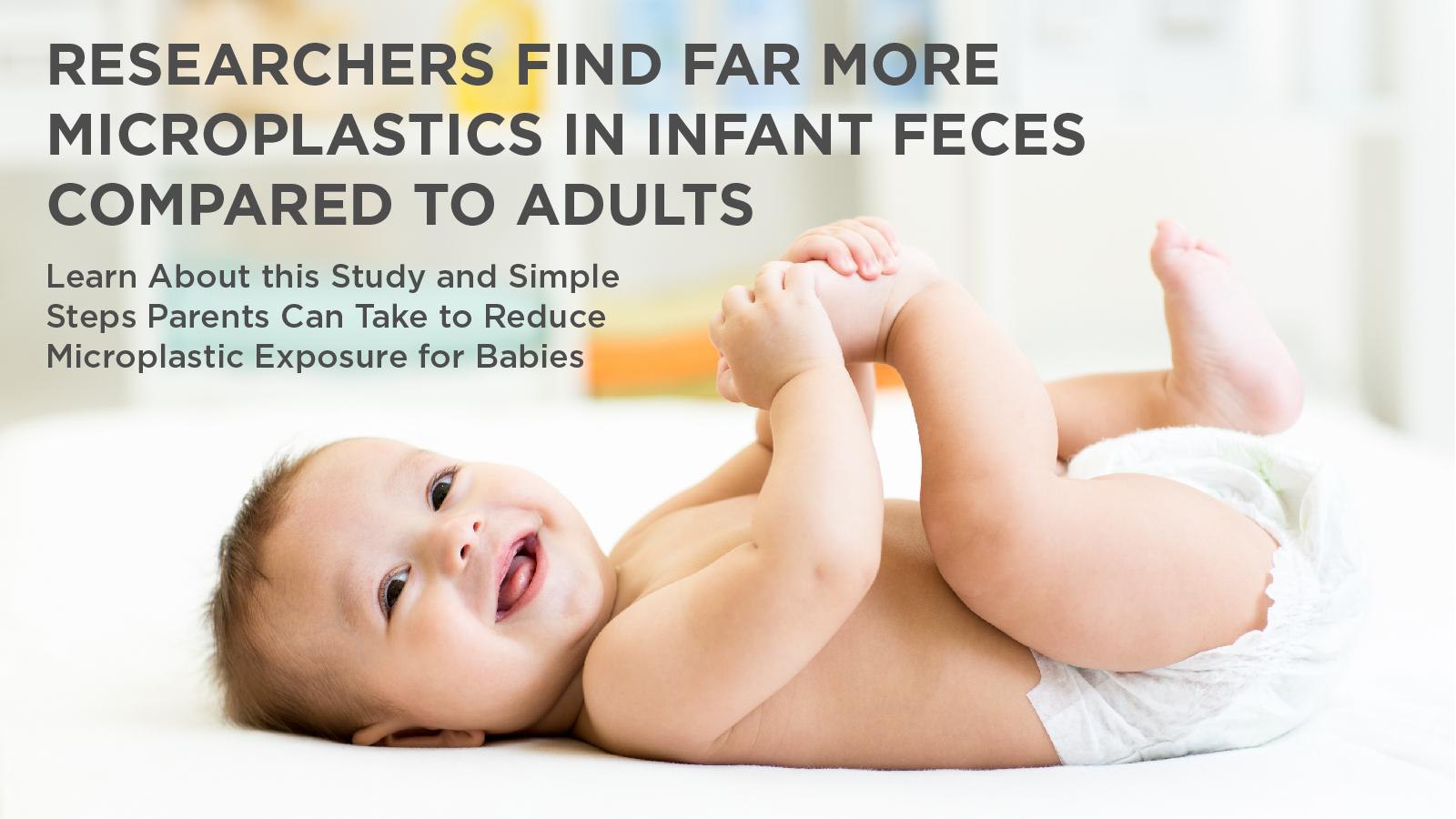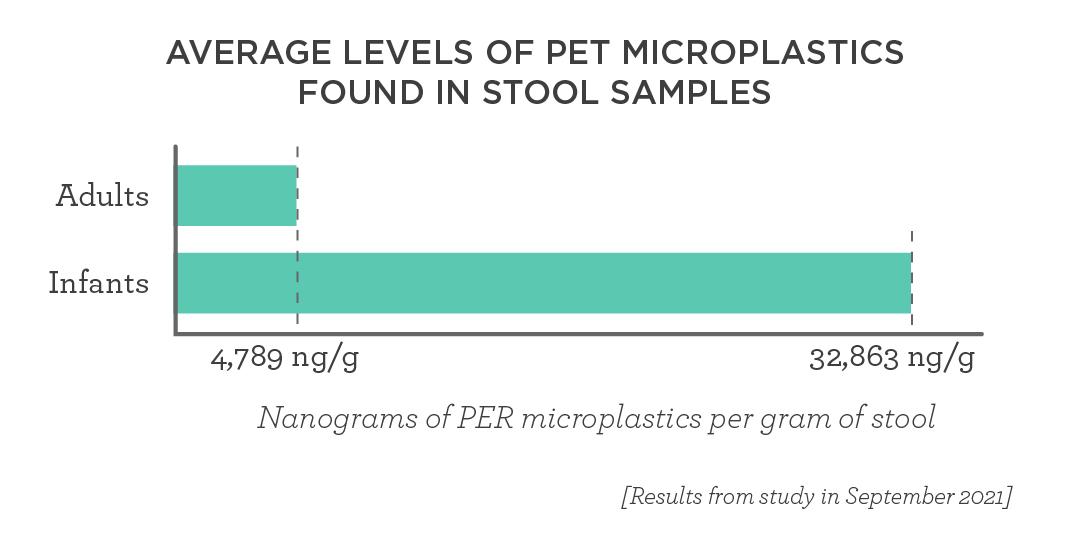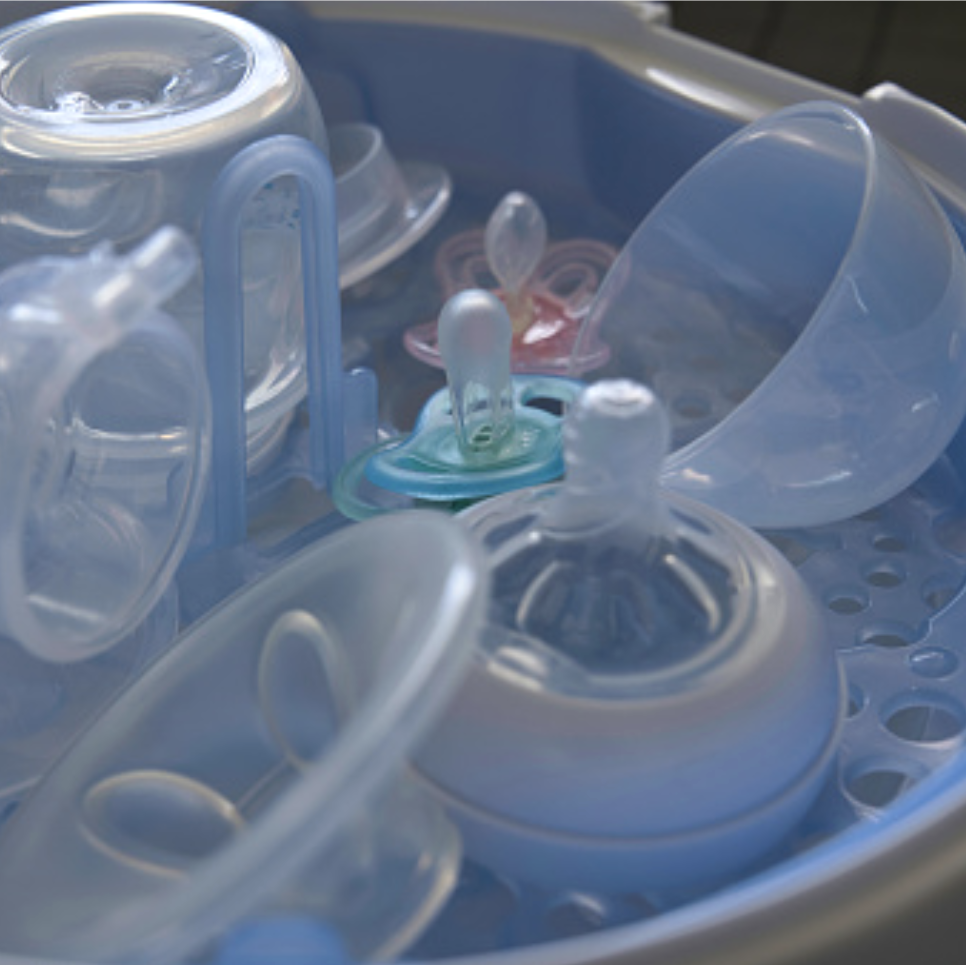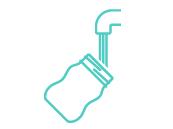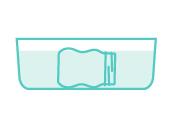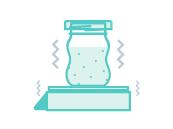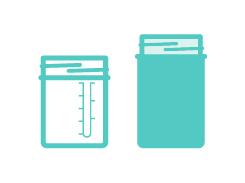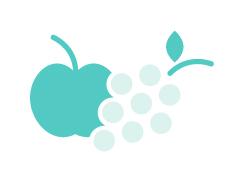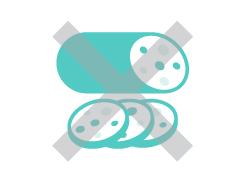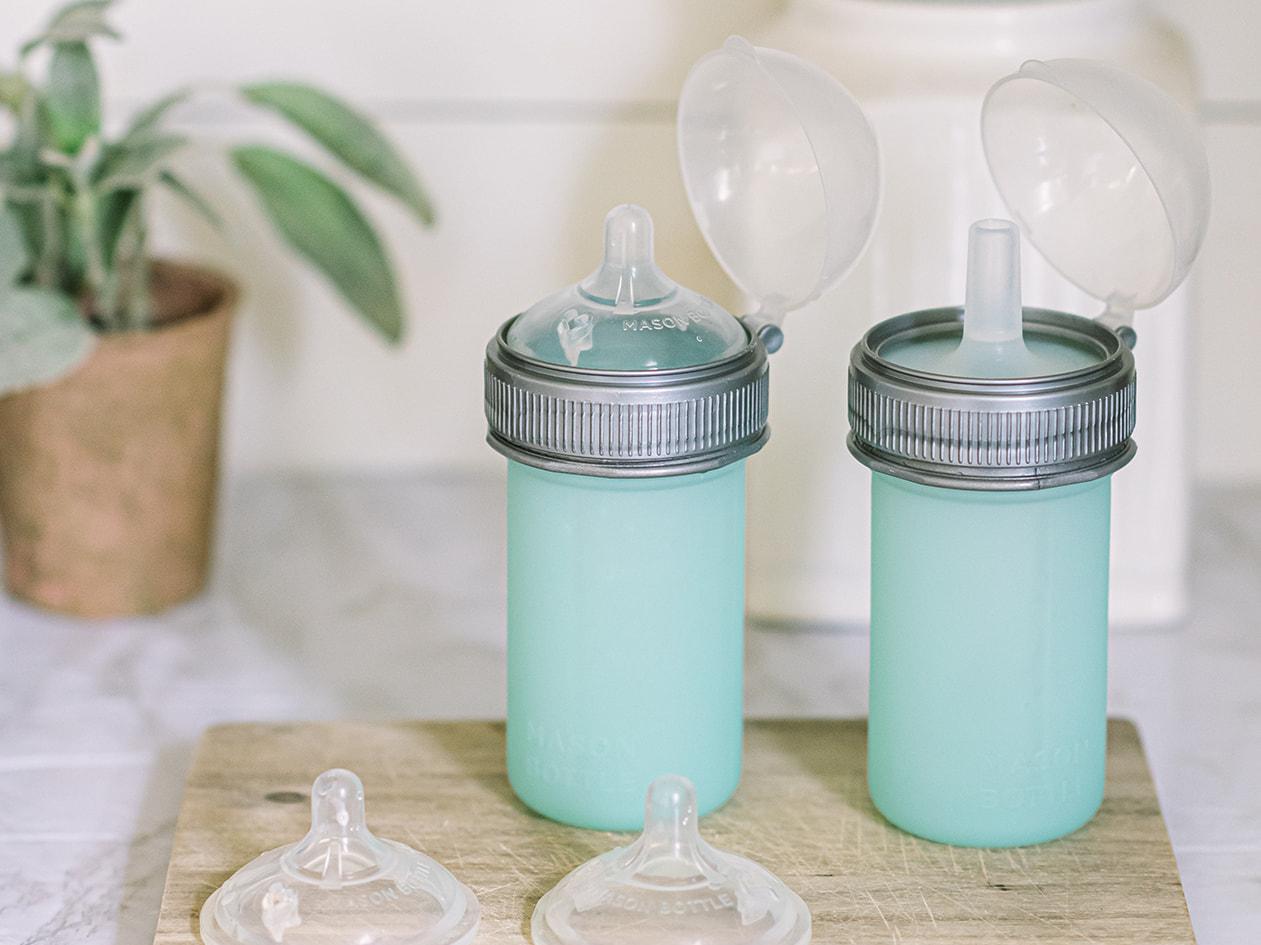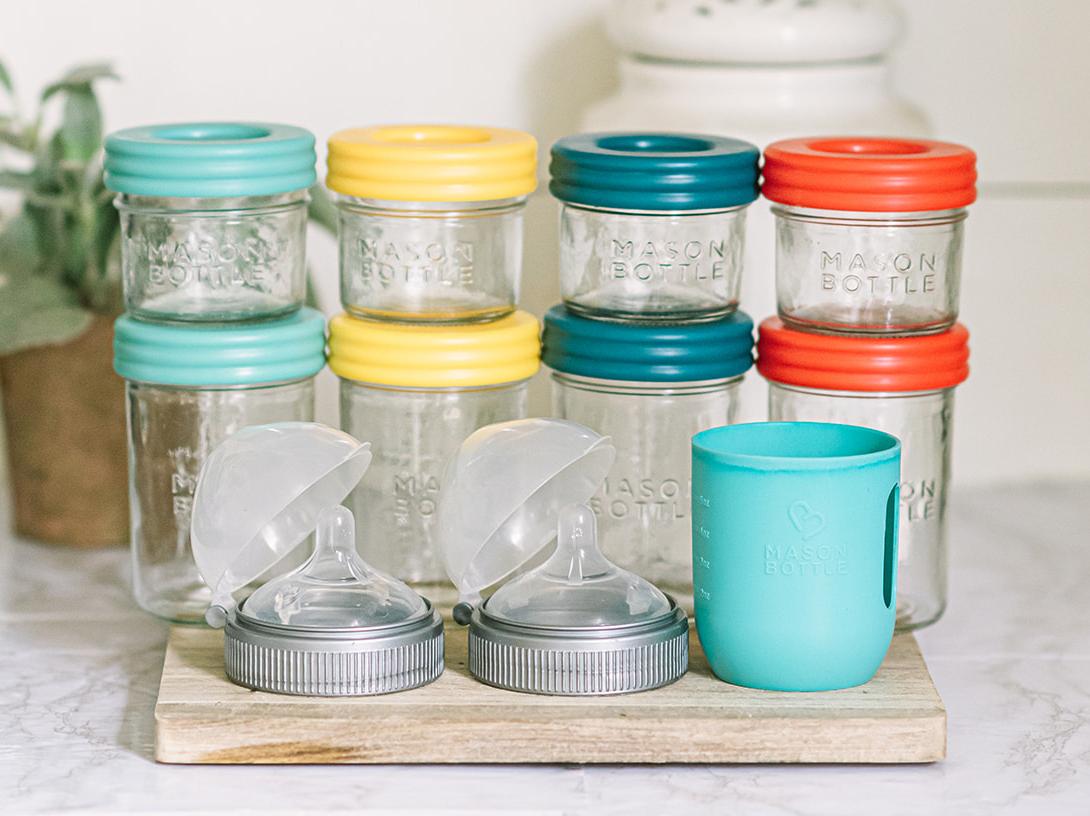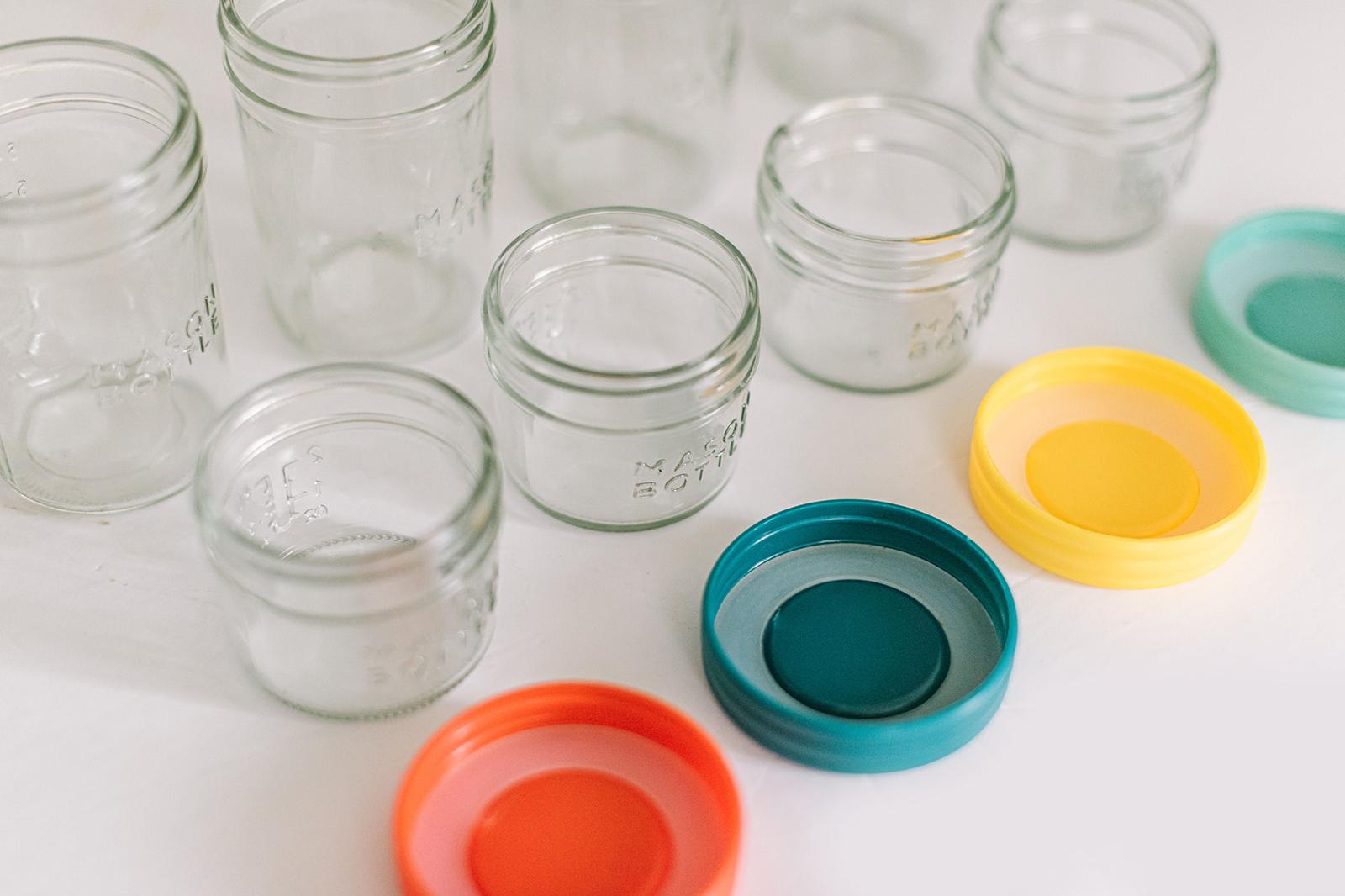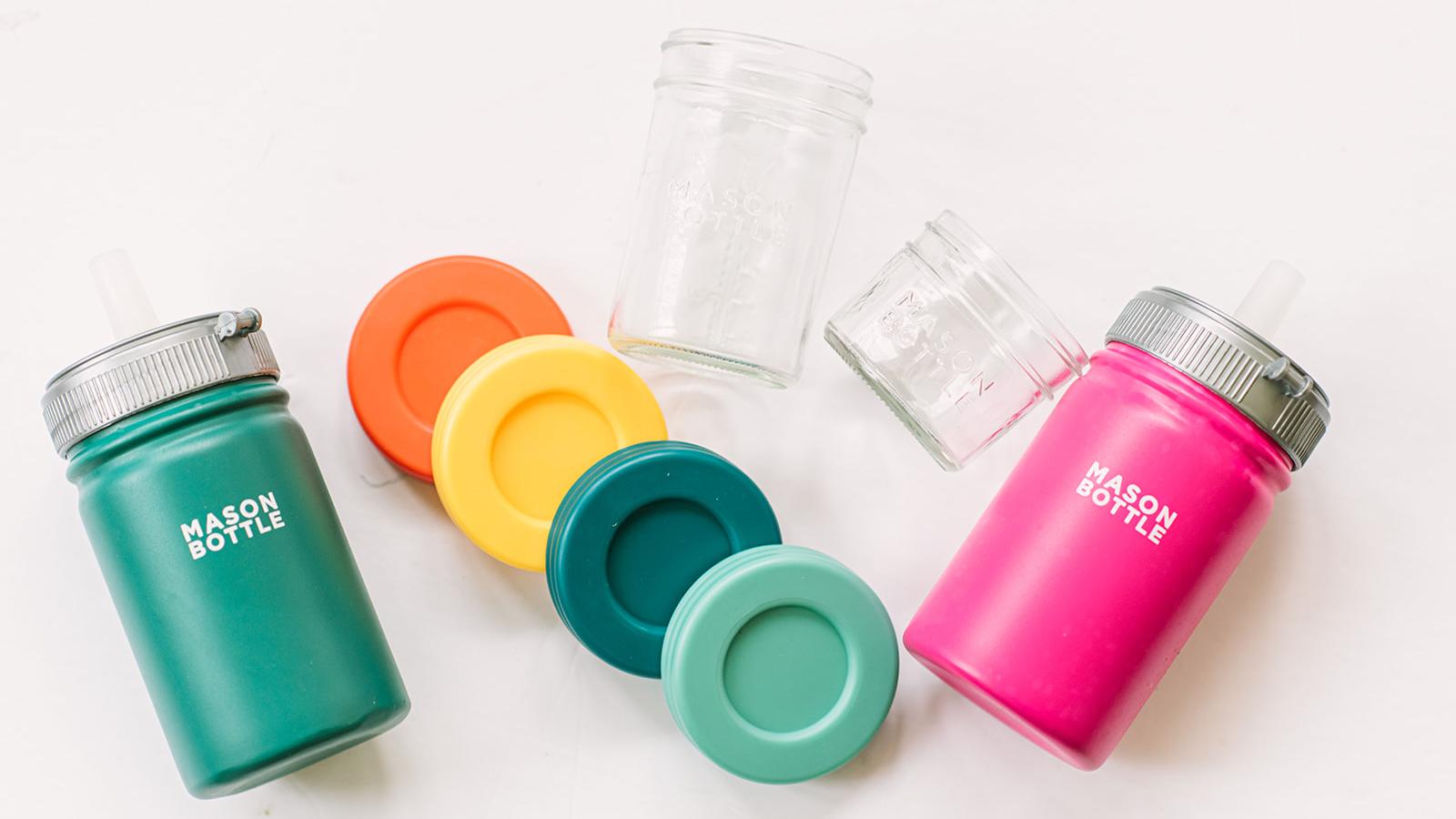Researchers at New York University’s Grossman School of Medicine have found higher concentrations of micro-plastics in infant feces than in adults.
In a study published in September 2021 in the American Chemical Society’s journal Environmental Science & Technology Letters, researchers analyzed fecal samples from six infants and ten adults, as well as three samples of meconium, the first stool of a newborn. [1]
Researchers at New York University’s Grossman School of Medicine have found higher concentrations of micro-plastics in infant feces than in adults.
In a study published in September 2021 in the American Chemical Society’s journal Environmental Science & Technology Letters, researchers analyzed fecal samples from six infants and ten adults, as well as three samples of meconium, the first stool of a newborn. [1]
The authors of the study were interested in measuring human exposure to two common micro-plastics — polyethylene terephthalate (PET) and polycarbonate (PC).
The researchers used mass spectrometry to determine the concentrations of PET and PC micro-plastics in fecal samples collected from individuals living in New York State. While average levels of fecal PC micro-plastics were similar between adults and infants, infant stool contained, on average, more than 6 times higher PET concentrations than that of adults—and that's without even accounting for differences in bodyweight. [1]
The authors of the study were interested in measuring human exposure to two common micro-plastics — polyethylene terephthalate (PET) and polycarbonate (PC).
The researchers used mass spectrometry to determine the concentrations of PET and PC micro-plastics in fecal samples collected from individuals living in New York State. While average levels of fecal PC micro-plastics were similar between adults and infants, infant stool contained, on average, more than 10 times higher PET concentrations than that of adults. [1]
Co-author Kurunthachalam Kanna, professor of Pediatrics at NYU, speaking about the findings in The Guardian:
“We were surprised to find higher levels in infants than in adults, but later tried to understand various sources of exposure in infants...We found that infants’ mouthing behavior, such as crawling on carpets and chewing on textiles, as well as various products used for children including teethers, plastic toys, feeding bottles, utensils such as spoons...can all contribute to such exposure.” [2]
Micro-Plastics in Plastic Baby Bottles
When it comes to exposure to micro-plastics from infant products, there is recent research to suggest that significant micro-plastic exposure can come from plastic baby bottles.
One recent study published in 2020 in the academic journal Nature Food, [3] found that babies fed formula out of plastic bottles may be ingesting millions of micro-plastic particles daily.
The researchers followed the World Health Organization’s procedures for bottle sterilizing and formula preparation shown below:
Micro-Plastics in Plastic Baby Bottles
When it comes to exposure to micro-plastics from infant products, there is recent research to suggest that significant micro-plastic exposure can come from plastic baby bottles.
One recent study published in 2020 in the academic journal Nature Food, [3] found that babies fed formula out of plastic bottles may be ingesting millions of micro-plastic particles daily.
The researchers followed the World Health Organization’s procedures for bottle sterilizing and formula preparation shown below:
Testing Process used in Study of Microplastics Released by Plastic Baby Bottles
Heating + Shaking Plastic Bottles Increases Microplastic Release
The researchers found that the heat applied to clean and sterilize plastic bottles increased the release of micro-plastic particles, as did mixing the formula with heated water.
The agitation of the bottle when formula was shaken up inside the bottle for mixing also contributed to increased micro-particle release. [3]
What Parents Can Do To Reduce Microplastic & Synthetic Chemical Exposure for Their Kids
The growing body of research about the impacts of chemicals in plastics on children caused the American Academy of Pediatrics to release a report in 2018 stating that “increasing scientific evidence suggests potential adverse effects on children’s health from synthetic chemicals.”
The adverse effects that scientists are attributing specifically to plastic exposure range from endocrine disruption to neurodevelopment issues and even increases in obesity rates. [4]
Along with their 2018 report, the AAP also released these recommendations that parents can follow to reduce their children's exposure to synthetic chemicals: [5]
What Parents Can Do To Reduce Microplastic & Synthetic Chemical Exposure for Their Kids
The growing body of research about the impacts of chemicals in plastics on children caused the American Academy of Pediatrics to release a report in 2018 stating that “increasing scientific evidence suggests potential adverse effects on children’s health from synthetic chemicals.”
The adverse effects that scientists are attributing specifically to plastic exposure range from endocrine disruption to neurodevelopment issues and even increases in obesity rates. [4]
Along with their 2018 report, the AAP also released these recommendations that parents can follow to reduce their children's exposure to synthetic chemicals: [5]
AAP Recommendations to Reduce Synthetic Chemical Exposure for Kids
Prioritize consumption of fresh or frozen fruits and vegetables when possible, and support that effort by developing a list of low-cost sources for fresh fruits and vegetables.
Breastfeeding to Reduce Microplastic Exposure?
We also want to point out that breastfeeding could help reduce exposure to synthetic chemicals since it avoids having to worry about exposure from all the items in this list above!
The AAP doesn’t specifically mention breastfeeding as a strategy to reduce exposure to synthetic chemicals. This might be because Moms would also need to follow the above bullet points when it comes to what they consume in order to reduce what baby might be exposed to in breast milk.
But at Mason Bottle, we never miss an opportunity to tout the benefits of breastfeeding! If mom is reducing her own exposure to synthetic chemicals in her food supply, it stands to reason that the benefits will be passed down to baby in breast milk as well!
Breastfeeding to Reduce Microplastic Exposure?
We also want to point out that breastfeeding could help reduce exposure to synthetic chemicals since it avoids having to worry about exposure from all the items in this list above!
The AAP doesn’t specifically mention breastfeeding as a strategy to reduce exposure to synthetic chemicals. This might be because Moms would also need to follow the above bullet points when it comes to what they consume in order to reduce what baby might be exposed to in breast milk.
But at Mason Bottle, we never miss an opportunity to tout the benefits of breastfeeding! If mom is reducing her own exposure to synthetic chemicals in her food supply, it stands to reason that the benefits will be passed down to baby in breast milk as well!
Do Mason Bottle Products Comply with AAP Recommendations?
At Mason Bottle, we design our products so that no plastic parts come into contact with the contents of our bottles.
We opt for materials like glass, stainless steel, and silicone wherever possible, and use plastic only on external components. Here's a summary of our materials and how we use them:
Do Mason Bottle Products Comply with AAP Recommendations?
At Mason Bottle, we design our products so that no plastic parts come into contact with the contents of our bottles.
We opt for materials like glass, stainless steel, and silicone wherever possible, and use plastic only on external components. Here's a summary of our materials and how we use them:
Mason Bottle Glass Products
Our baby bottles and storage jars are made of glass, a time-tested material which has been around for 1000s of years and is widely used in scientific labs for its inert qualities and safety.
Mason Bottle Glass Products
Our baby bottles and storage jars are made of glass, a time-tested material which has been around for 1000s of years and is widely used in scientific labs for its inert qualities and safety.
Mason Bottle Silicone Products
Where glass is not applicable or age appropriate, we opt for stainless steel and medical-grade silicone, shown here in our Silicone Squeeze Pouch and Silicone Baby Bottle.
While silicone is a synthetic material, research has shown that no siloxanes leached into milk from silicone baby bottle nipples, even after 6 hours of contact. [6]
Mason Bottle Silicone Products
Where glass is not applicable or age appropriate, we opt for stainless steel and medical-grade silicone, shown here in our Silicone Squeeze Pouch and Silicone Baby Bottle.
While silicone is a synthetic material, research has shown that no siloxanes leached into milk from silicone baby bottle nipples, even after 6 hours of contact. [6]
Mason Bottle Eliminates Internal Plastic Contact
Breastmilk or formula served in our glass bottles will only come into contact with two materials: glass and silicone. The silicone nipple can be affixed to the glass jar using a standard metal mason jar ring.
Because metal mason jar rings can rust, we developed a dishwasher-safe plastic ring, which never touches the milk contained on the inside.
Mason Bottle Eliminates Internal Plastic Contact
Breastmilk or formula served in our glass bottles will only come into contact with two materials: glass and silicone. The silicone nipple can be affixed to the glass jar using a standard metal mason jar ring.
Because metal mason jar rings can rust, we developed a dishwasher-safe plastic ring, which never touches the milk contained on the inside.
Mason Bottle Does Use Some External Plastic Components
Similarly, our silicone baby bottles, silicone squeeze pouches, and stainless steel water bottles are designed so that no plastic touches the contents.
These products do use a plastic ring and cap to extend the lifespan where metal components might rust or other materials lack the necessary strength.
Mason Bottle Does Use Some External Plastic Components
Similarly, our silicone baby bottles, silicone squeeze pouches, and stainless steel water bottles are designed so that no plastic touches the contents.
These products do use a plastic ring and cap to extend the lifespan where metal components might rust or other materials lack the necessary strength.
Our One Product With Possible Internal Plastic Contact
Our glass storage sets for breastmilk and baby food do have plastic lids with silicone seals. As long as they are stored upright, the plastic lid will not make contact with the contents of the jar. But if the jar is titled, such as in a diaper bag, etc., some plastic contact is possible.
We are working on a new design for this lid so that we can achieve zero internal plastic contact with this product as we have with our others!
Our One Product With Possible Internal Plastic Contact
Our glass storage sets for breastmilk and baby food do have plastic lids with silicone seals. As long as they are stored upright, the plastic lid will not make contact with the contents of the jar. But if the jar is tilted, such as in a diaper bag, etc., some plastic contact is possible.
We are working on a new design for this lid so that we can achieve zero internal plastic contact with this product as we have with our others!
You can view our entire collection of Mason Bottle products here.
If something is showing as "Out of Stock" we encourage you to subscribe to Back In Stock notifications. That way, you will be notified when we add more stock to the store and can make your purchase then.
You can view our entire collection of Mason Bottle products here.
If something is showing as "Out of Stock" we encourage you to subscribe to Back In Stock notifications. That way, you will be notified when we add more stock to the store and can make your purchase then.
References
[1] Junjie Z., Wang, L., Trasande, L., Kannan, K. (2021) ‘Occurrence of Polyethylene Terephthalate and Polycarbonate Microplastics in Infant and Adult Feces,’ Environmental Science & Technology Letters, 8(9), doi: 10.1021/acs.estlett.1c00559 [Accessed: 28 September, 2021]
[2] Quaglia, S. (2021) ‘More Microplastics in Babies’ Faeces than in adults’ – Study,’ The Guardian, Available at: https://www.theguardian.com/science/2021/sep/22/more-microplastics-in-babies-faeces-than-in-adults-study [Accessed: 29 September 2021]
[3] Li, D., Shi, L., Yang, L., Xiao, L., Kehoe, D., Gun’ko, Y., Boland, J., Wang, J., (2020) ‘Microplastic Release from the Degradation of Polypropylene Feeding Bottles During Infant Formula Preparation,’ Nature Food, Vol. 1, pp. 746-754. Available at: https://www.nature.com/articles/s43016-020-00171-y.epdf [Accessed: 29 September 2021]
[4] Trasande, L. MD, MPP, FAAP, Shaffer, R. MPH, Sathyanarayana, S. MD, MPH (2018) ‘Food Additives and Child Health - Technical Report,’ Pediatrics, 142(2), Available at: https://pediatrics.aappublications.org/content/pediatrics/142/2/e20181410.full.pdf [Accessed: 28 September 2021]
[5] Trasande, L. MD, MPP, FAAP, Shaffer, R. MPH, Sathyanarayana, S. MD, MPH (2018) ‘Food Additives and Child Health - Policy Statement,’ Pediatrics, 142(2), Available at: https://pediatrics.aappublications.org/content/pediatrics/142/2/e20181408.full.pdf [Accessed: 28 September 2021]
[6] Zhang, K., Wong, J., Begley, T., Hayward, D. and Limm, W., (2012) ‘Determination of siloxanes in silicone products and potential migration to milk, formula and liquid simulants,’
Food Additives & Contaminants: Part A
, 29(8), pp.1311-1321. doi:
10.1080/19440049.2012.684891
[Accessed: 29 September 2021]

